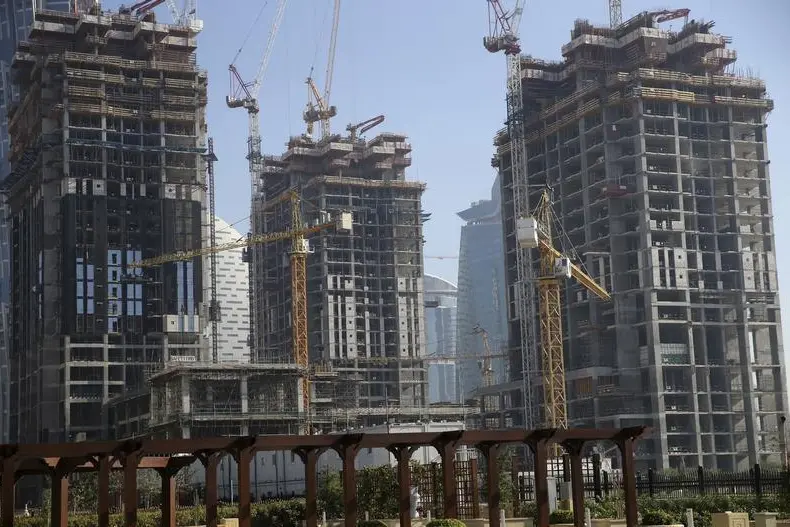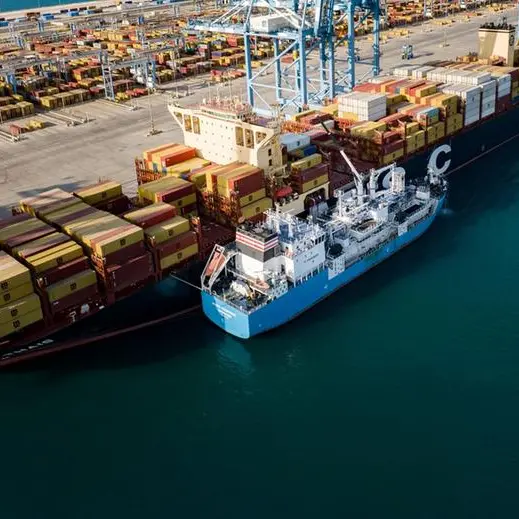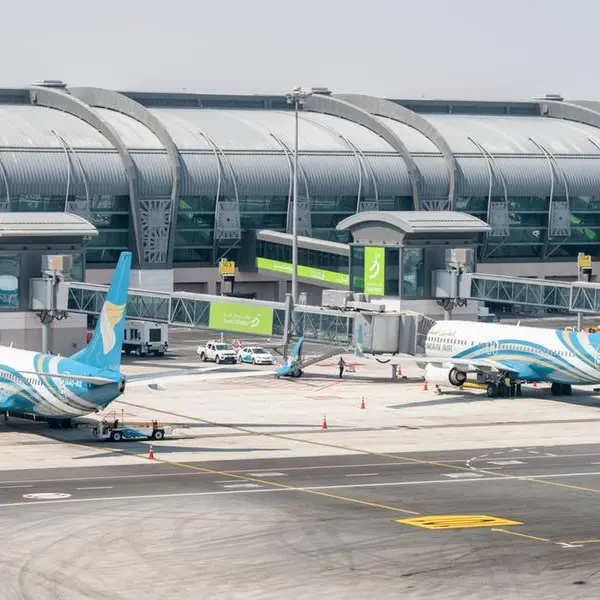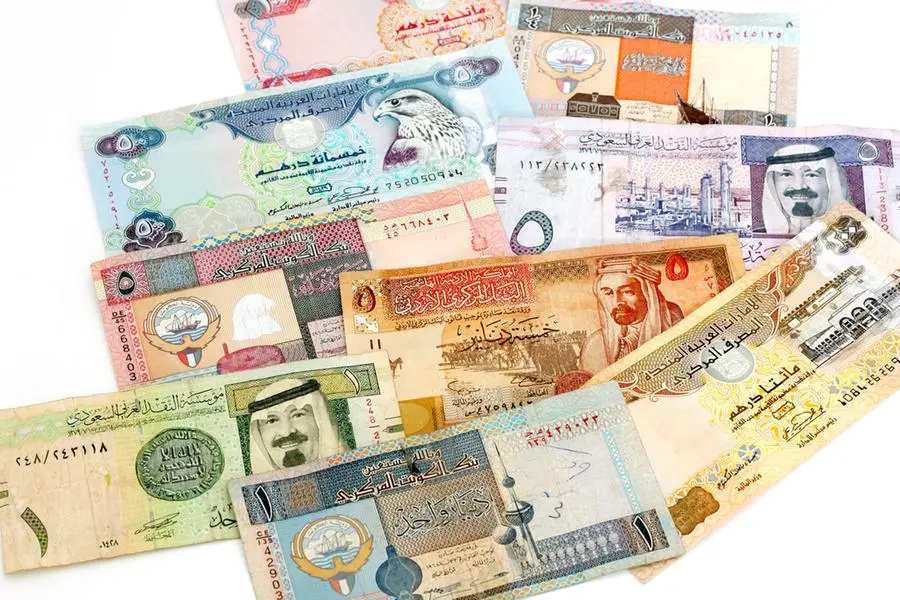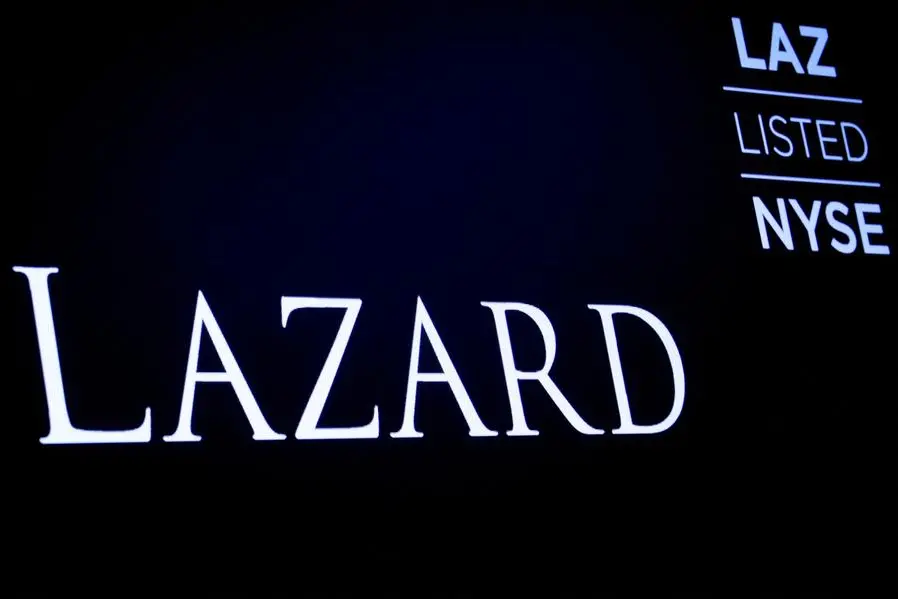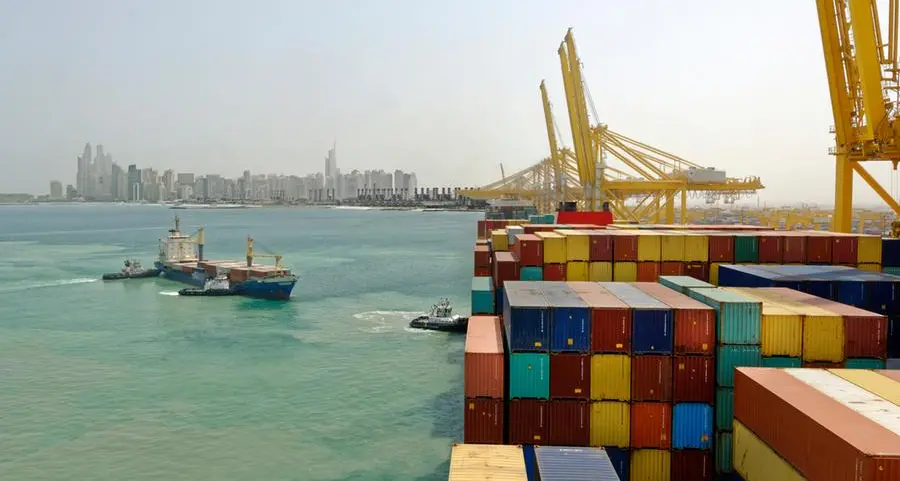PHOTO
Image used for illustrative purpose. Buildings under construction in Dubai.
With governments around the world under pressure to provide public assets such as roads, bridges and airports, but lacking the cash to pay for them, private investors have been rushing in to fill the gap.
Infrastructure – an umbrella term which can cover anything from water, sewerage and gas pipes, power stations and electricity cabling, schools and hospitals, telephone and broadband networks and transport - is becoming increasingly popular with investors.
This is because in a low interest rate environment, investors are attracted by the idea of a steady, government-backed income stream offering higher yields than would be achievable by holding cash.
Major infrastructure projects which are owned by listed companies include Charles de Gaulle airport in Paris and the CityLink network of toll roads in Melbourne, Australia.
Moreover, since infrastructure investments tend to be in things which are necessities such as power, water and communications, revenue streams from them can be fairly stable, even during economic downturns.
“There are two main reasons why infrastructure investments are popular,” says Gordon Robertson, director of Dubai-based Me Group. “The sector gives stable returns which are ideal for an investment portfolio, boring but steady returns that would be higher than bonds but less risk than stocks, the stable returns come from utilities. Another reason to buy now is that we are seeing sector rotation in the markets away from growth.”
This popularity means that shares in trusts which invest in infrastructure projects have traded at double-digit premiums to the value of their assets.
However, despite their reputation as stable and boring, infrastructure investments come with their own risks.
Difficult to shift
Because of their size, infrastructure assets are very rarely bought and sold, making it difficult to value them. Instead, investors look at how much money these assets are likely to bring in over time – or discounted cash flow. This means that investors must balance the expected returns against any potential risks.
“We would regard infrastructure as a specialist thematic investment and special care should be taken as there is often a liquidity mismatch between infrastructure projects and the liquidity needs of retail investors,” says Stuart Ritchie, a Dubai-based director at AES International. “Infrastructure projects are usually long term projects which require a sacrifice of access to capital,” he adds.
Like real estate projects, infrastructure projects which are not yet completed come with added construction risk. This is likely to lead to higher returns, but it also means that construction problems or delays can impact returns.
Also, like real estate, infrastructure can suffer physical damage or operational problems which can affect the financial performance of the company which owns it.
One recent example of this was Italian toll road operator Autostrade Per L'Italia which set aside €500 million to help Genoa recover after the Morandi Bridge, which it managed, collapsed in August 2018.
British facilities management and construction company Carillion went into liquidation in January 2018 after project delays and costs disputes at four major schemes.
Moreover, many projects are also subject to government policy which can change depending on political will. High profile contracts or even subsidies can be withdrawn depending on the political leanings of an administration.
And, with interest rates likely to start rising over the long term, low-risk income vehicles like infrastructure investments could start to lose their shine with investors instead opting to buy things like government bonds instead.
Most individual investors don't actually buy individual shares or bonds in these companies but instead put money into the sector by investing in the stocks and bonds of listed companies which own infrastructure.
Opening up ownership
And over the last decade or two, finance wizards have come up with more and more ways for ordinary investors to access the sector by buying even smaller slices of vehicles set up to invest in a mixture of these types of bonds and shares.
There are three main forms of investment funds which most people use to buy infrastructure projects: Mutual funds, investment trusts (IT) and exchange traded funds (ETFs).
Mutual funds are pots of money collected from lots of different investors which are then used to buy a pool of individual stocks and bonds which are specifically chosen by a fund manager who actively manages the fund for a fee. The price of a mutual fund does not vary during the course of a trading day and so you buy or sell your investment in a fund based on the value of the individual investments in the fund. Investors often have to pay commission on their investments as well as fixed annual expenses.
Investment trusts are publicly-listed companies designed to generate profits for their shareholders by investing in the shares of other companies. They usually have lower operating costs than mutual funds so their charges are generally lower.
ETFs are baskets of securities such as stocks and bonds. Unlike mutual funds they are not actively managed. Instead the amount of each security in the fund has been weighted to replicate the index it is tracking. This means that the expenses associated with buying and selling ETFs are a lot lower than buying shares in mutual funds and also they tend to be more tax-efficient. Like investment trusts, ETFs are also traded on a stock exchange so their value is determined by the amount investors are willing to pay at that particular time.
Globally, there are a number of listed infrastructure funds such as 3i Infrastructure, BBGI and HICL as well as unlisted infrastructure funds. Infrastructure ETFs include: iShares Global Infrastructure; Invesco S&P High Income; iShares Emerging Market Infrastructure; and Columbia India Infrastructure.
All three types of investments have their benefits and drawbacks. ETFs and investment trusts provide daily liquidity, so they are easily tradable whereas a mutual fund can restrict withdrawals if there are underlying liquidity issues.
According to ME Group’s Robertson, funds tend to offer dividend yields of approximately 3 per cent and a total return of between 5 and 7 per cent. However, some funds target annual returns as high as 8-10 per cent a year.
He suggests opening an account with a low-cost stockbroker, many of which can be accessed online from the UAE, in order to avoid high costs.
AES International’s Ritchie adds that investment trust investors should be mindful that share prices are dictated by supply and demand, rather than the value of the underlying assets and so may trade at a discount to the value of the underlying assets for prolonged periods. “There will also often be a maintenance cost to projects which may require uneven and large outlays from investors, this can impact the yield over the long term,” he says.
Finally, the geographical location of some projects may also impact on returns – as well as risk. “Infrastructure in the emerging markets have higher returns and there is stronger demand for growth in emerging markets,” he says. “For example, the cost of electricity in some European markets may be as low as $40 per kwh (kilowatt-hour) and as high as $150 per kwh in emerging markets.”
(Reporting by Lucy Barnard; Editing by Michael Fahy)
(michael.fahy@refinitiv.com)
Our Standards: The Thomson Reuters Trust Principles
Disclaimer: This article is provided for informational purposes only. The content does not provide tax, legal or investment advice or opinion regarding the suitability, value or profitability of any particular security, portfolio or investment strategy. Read our full disclaimer policy here.
© ZAWYA 2019
